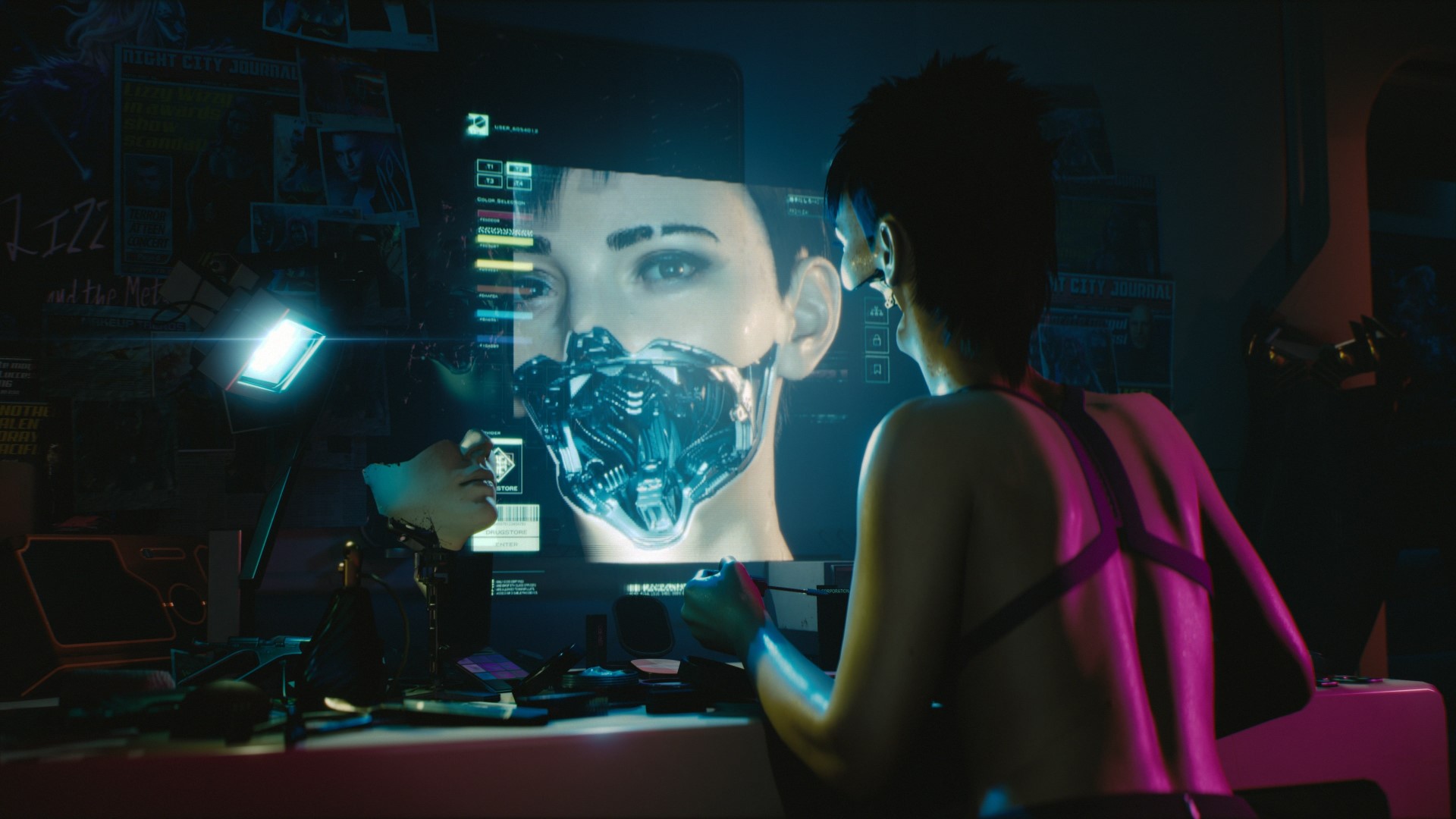Cyberpunk 2077’s design had one key flaw, says developer
Pathing error

Cyberpunk 2077 developer and level designer Miles Tost has given his best assessment of what exactly went wrong with the level design in CD Projekt Red’s sci-fi RPG.
In a panel at the Game Developers Conference (GDC), Tost took the opportunity to offer observations as to his own level design philosophy as well as his account of where the team could have done better with Cyberpunk 2077. Tost made it clear that “we pride ourselves on being storytellers, and we didn’t want to stop a player’s lack of foresight from [preventing them] enjoying the narrative” (via IGN).
What this amounted to in practice, however, was the existence of a “generic path”, available to anyone who didn’t spec their character in a particular direction. This path was often obvious and, therefore, encouraged players to gravitate towards it instead of finding their own path based on their bespoke playstyle.
When speaking of what he learned from this mistake, he concluded that “we need to treat paths as special [because] this is what creates value in the choices players make.” He also remarked that Cyberpunk 2077 was often filled with bottlenecks which served to undermine the sense of player agency offered by the game.
Tost also touched on the ambition at the heart of Cyberpunk 2077. The game aimed to be a “gigantic leap forward” for CD Projekt Red. “As insane as it sounded, it also sounded f*cking awesome, and boy we were up to the challenge.”
Triangle Strategy

Tost used his panel, entitled “What Cyberpunk 2077 Taught Us About Non-Linear Level Design”, to illustrate his three-pronged approach to level design. A great level must have the “perception of distance” between the different paths on offer, a feeling of exclusivity for each given path, and, lastly, a sense of “validation” by making each path “worth [players’] time… [with] exclusive scenes, encounters or world-building.”
This comprehensive model seems like quite a tall order for even the most accomplished game developers. However, it shows that Tost definitely has his priorities in the right place when it comes to design. His approach does a great job of spelling out exactly why some levels in Cyberpunk 2077 worked very effectively, while others didn’t.
Sign up for breaking news, reviews, opinion, top tech deals, and more.
In Cyberpunk 2077’s first act, V, the game’s protagonist, has to infiltrate a factory being held by the Maelstrom gang and their army of intimidating cyborgs. Despite being able to progress through the level through stealth, fighting prowess, or charm, all of the different routes end with the protagonist getting their hands on the Flathead – a military drone initially in Maelstrom’s custody, without which Act 1’s final mission would be impossible.

I’ve always found the level underwhelming and now, thanks to Tost, I know why. Since each of the level’s different paths regressed to this common outcome, the level lacked the sense of “validation” that Tost mentioned in his panel.
Had the varying approaches to the mission offered tangibly different outcomes, then it’s likely I would’ve found the level far more rewarding. Though your choices in the factory do affect some side missions later on in the game, the consequences occur too little too late for them to have the desired impact on the player.
Hopefully, the lessons learned and explored in Tost’s panel will make for better CD Projekt Red games going forward. I would love to see the upcoming Cyberpunk 2077 expansion Phantom Liberty use Tost’s design model and, in doing so, produce some truly memorable sequences worthy of the very best RPGs.

An editor and freelance journalist, Cat Bussell has been writing about video games for more than four years and, frankly, she’s developed a taste for it. As seen on TechRadar, Technopedia, The Gamer, Wargamer, and SUPERJUMP, Cat’s reviews, features, and guides are lovingly curated for your reading pleasure.
A Cambridge graduate, recovering bartender, and Cloud Strife enjoyer, Cat’s foremost mission is to bring you the best coverage she can, whether that’s through helpful guides, even-handed reviews, or thought-provoking features. She’s interviewed indie darlings, triple-A greats, and legendary voice actors, all to help you get closer to the action. When she’s not writing, Cat can be found sticking her neck into a fresh RPG or running yet another Dungeons & Dragons game.